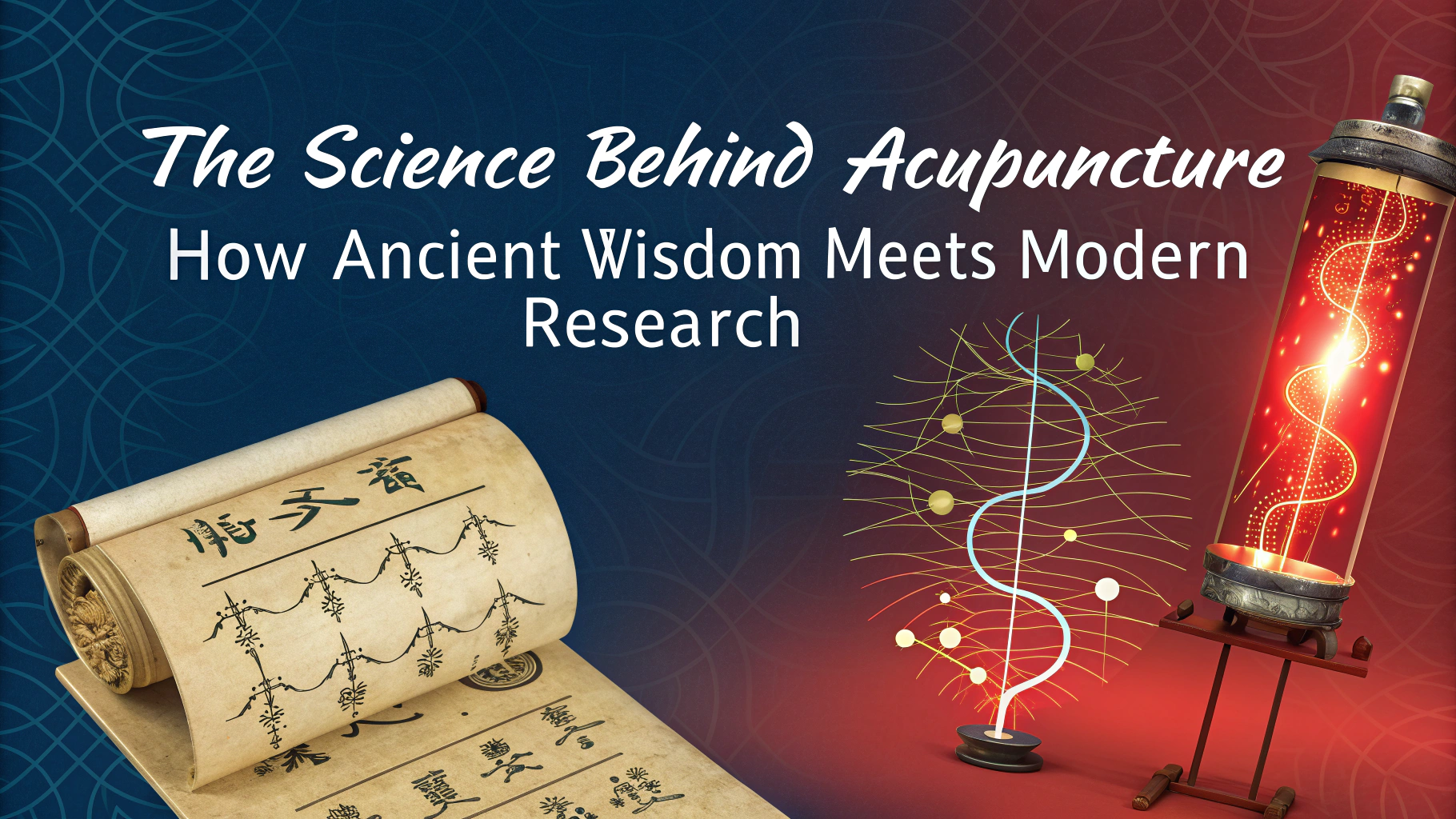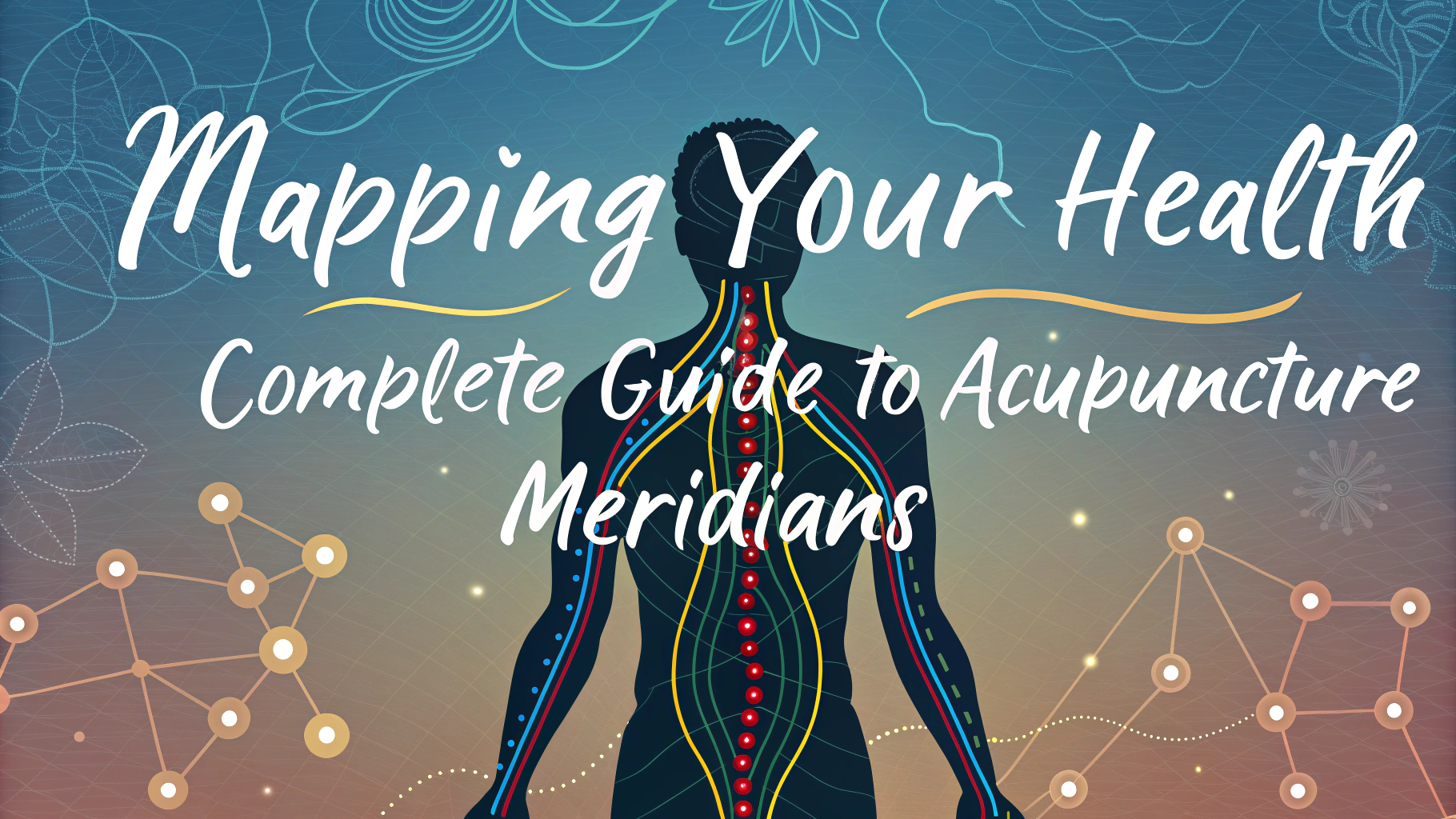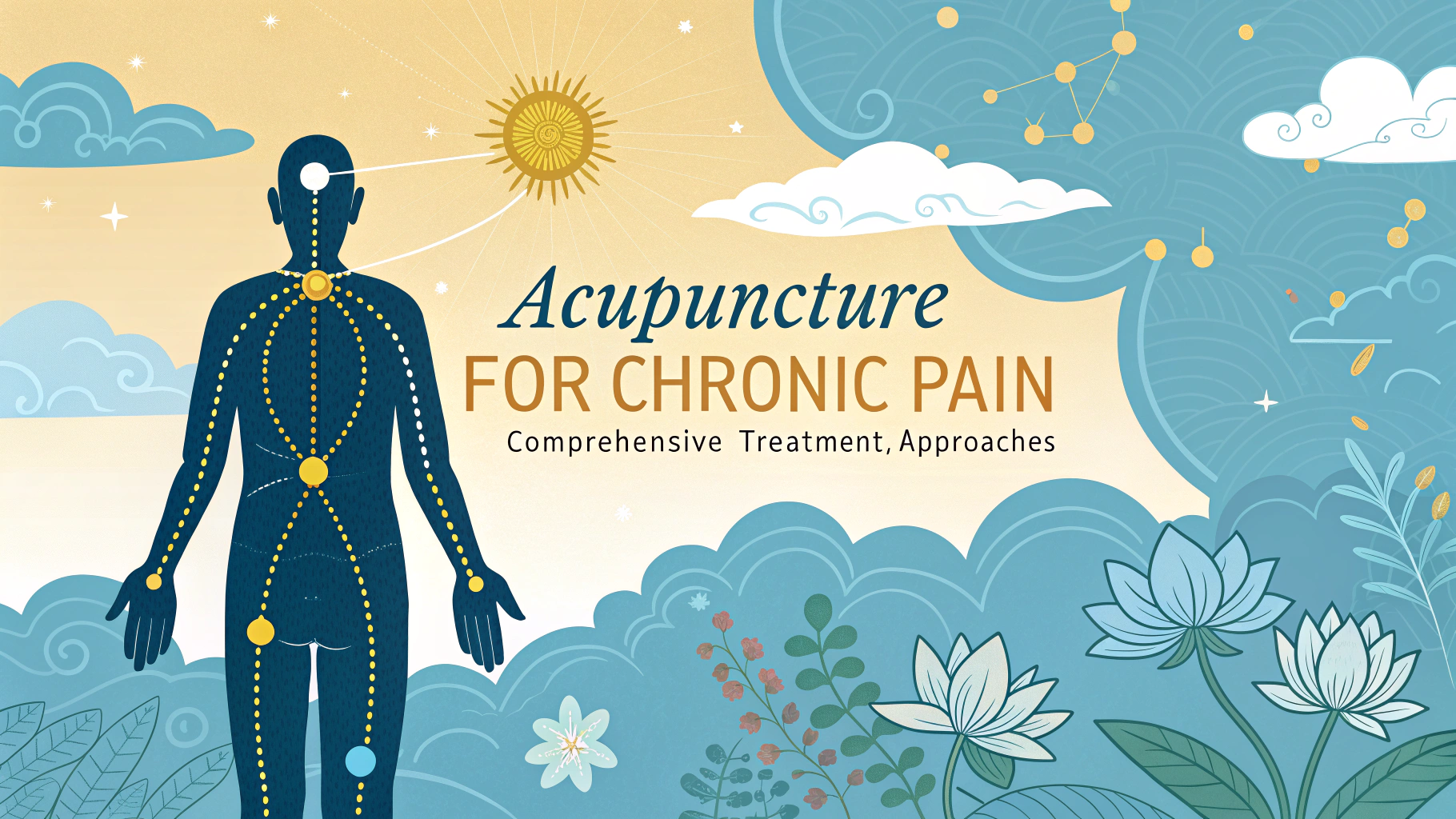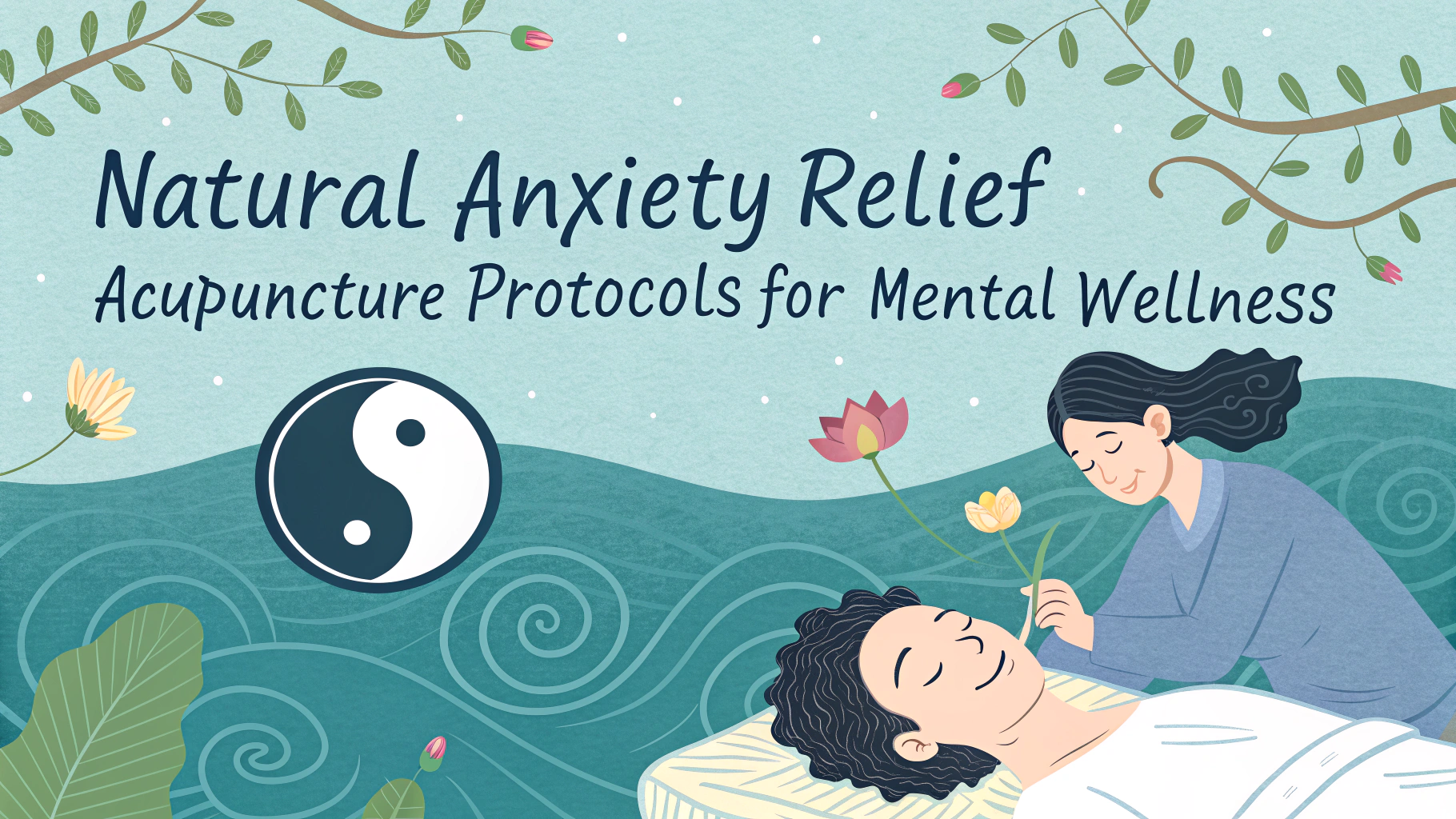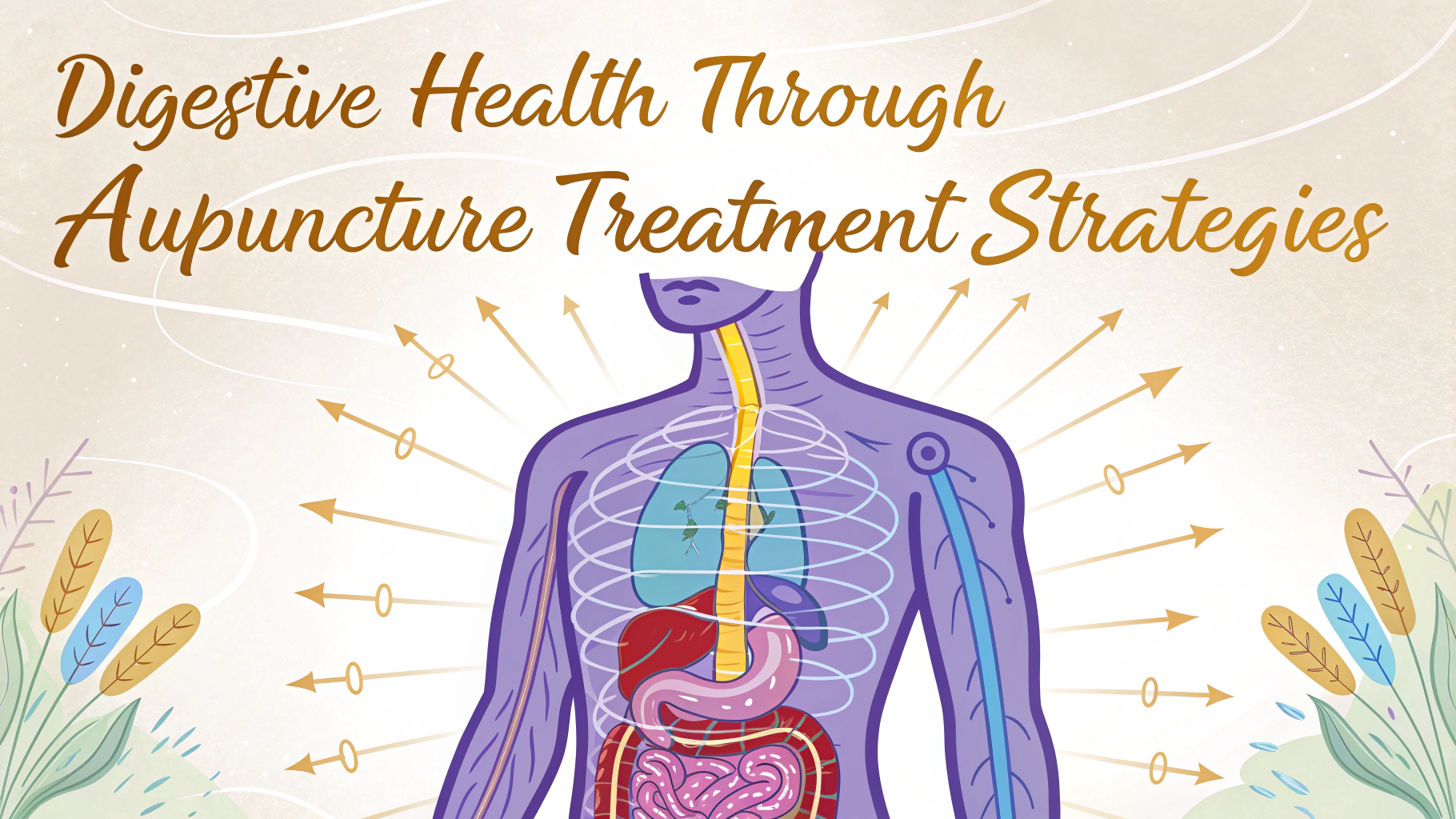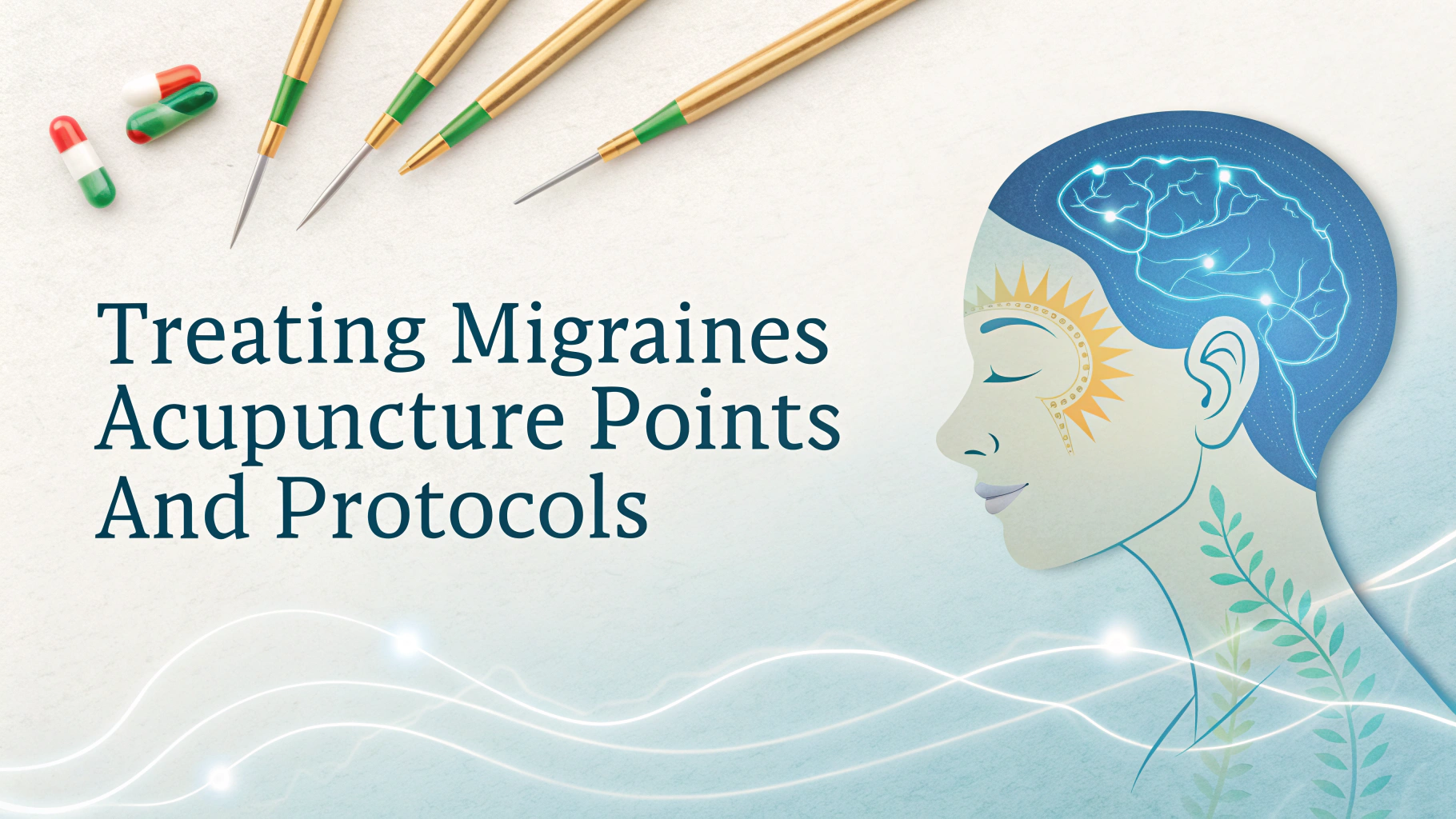Acupuncture offers a time-tested approach for managing headaches naturally, with studies showing significant pain reduction in many patients.
This traditional Chinese medicine technique works by stimulating specific points on the body to regulate energy flow and promote natural healing responses.
Understanding how acupuncture helps with headache relief can help you make informed decisions about incorporating it into your pain management strategy.
How Acupuncture Treats Different Types of Headaches
- Tension Headaches: Needles placed in the neck and shoulders help release muscle tension
- Migraines: Points around the head, face, and hands target pain and associated symptoms
- Cluster Headaches: Treatment focuses on points around the eyes and temples
- Sinus Headaches: Facial points help drain congestion and reduce pressure
Common Acupuncture Points for Headache Relief
- LI-4 (Large Intestine 4): Located between thumb and index finger
- GB-20 (Gallbladder 20): Base of skull behind ears
- Tai Yang: Temples area
- ST-8 (Stomach 8): Forehead region
What to Expect During Treatment
A typical session lasts 30-60 minutes, with the practitioner inserting hair-thin needles at specific points.
Most people report minimal to no discomfort during needle insertion.
The recommended treatment frequency is usually 1-2 sessions per week for 8-12 weeks.
Finding a Qualified Acupuncturist
Look for practitioners certified by the National Certification Commission for Acupuncture and Oriental Medicine (NCCAOM).
Contact the American Academy of Medical Acupuncture at 310-379-8261 or visit www.medicalacupuncture.org to find certified practitioners.
Complementary Practices
- Maintain good hydration before and after treatment
- Practice stress-reduction techniques
- Keep a regular sleep schedule
- Track headache triggers in a journal
Insurance and Cost Considerations
| Service | Average Cost |
|---|---|
| Initial Consultation | $75-150 |
| Follow-up Sessions | $50-100 |
| Package Deals | $300-500 for 6 sessions |
Next Steps for Headache Relief
Schedule a consultation with a certified acupuncturist to discuss your specific headache patterns and develop a treatment plan.
Keep track of your responses to treatment and communicate regularly with your practitioner about progress.
Consider combining acupuncture with other natural headache relief methods for optimal results.
Research-Backed Benefits
- Studies show up to 62% reduction in migraine frequency
- Decreased reliance on pain medications
- Improved quality of life scores in chronic headache patients
- Long-lasting effects reported up to 6 months post-treatment
Potential Side Effects
- Minor bruising at needle sites
- Temporary soreness
- Mild fatigue after treatment
- Occasional light-headedness
When to Avoid Acupuncture
Consult your healthcare provider before starting treatment if you:
- Have a bleeding disorder
- Take blood thinners
- Are pregnant
- Have a pacemaker
Integrating with Conventional Treatment
- Inform your primary care physician about acupuncture treatment
- Continue prescribed medications unless advised otherwise
- Document any changes in headache patterns
- Report significant improvements or concerns to both practitioners
Taking Control of Your Headache Management
Acupuncture offers a proven, natural approach to headache management when performed by qualified practitioners.
Success often comes from combining treatments with lifestyle modifications and consistent care.
Start with a consultation to determine if acupuncture aligns with your headache management goals and overall health strategy.
FAQs
- How does acupuncture work to relieve headaches?
Acupuncture works by stimulating specific points on the body that regulate blood flow, release endorphins, and reduce inflammation. These points help balance the body’s energy flow (Qi) and activate natural pain-relieving mechanisms. - How many acupuncture sessions are typically needed for headache relief?
Most patients require 6-12 sessions for significant headache relief. Initial treatment usually involves 1-2 sessions per week, with maintenance sessions scheduled as needed afterward. - What types of headaches can be treated with acupuncture?
Acupuncture can effectively treat tension headaches, migraines, cluster headaches, and cervicogenic headaches. It’s particularly effective for chronic headache conditions. - Are there any side effects of acupuncture treatment for headaches?
Common side effects are minimal and may include slight bruising, minor soreness at needle sites, and temporary fatigue. Serious side effects are extremely rare when performed by licensed practitioners. - Can acupuncture be combined with other headache treatments?
Yes, acupuncture can safely complement conventional headache treatments, including medications, physical therapy, and lifestyle modifications. Always inform your practitioner about other treatments you’re receiving. - What are the most effective acupuncture points for headache relief?
Common points include GB20 (Feng Chi), LI4 (He Gu), Tai Yang, and Du20 (Bai Hui). The specific points used depend on headache type, location, and underlying causes. - How long does the pain relief from acupuncture typically last?
Relief duration varies by individual, but many patients report benefits lasting several days to weeks after treatment. Regular maintenance sessions can provide longer-lasting relief. - What should I do before and after an acupuncture session for headaches?
Before: Eat a light meal, wear loose clothing, and avoid alcohol. After: Stay hydrated, avoid strenuous activity, and note any changes in symptoms for your practitioner. - Is acupuncture covered by insurance for headache treatment?
Many insurance plans now cover acupuncture for chronic pain conditions, including headaches. Coverage varies by provider and plan; check with your insurance company for specific details. - How quickly can I expect relief after an acupuncture session?
Some patients experience immediate relief, while others may notice improvements within 24-48 hours after treatment. The response time varies among individuals.

